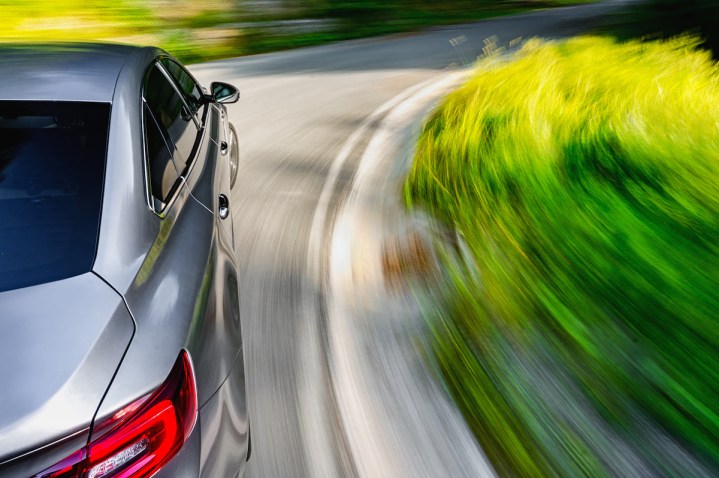
Motorists have been speeding through the tiny Italian village of Acquetico for years, and recently its 120 residents — many of them elderly and too afraid to cross the main street — finally demanded action.
In response, the local mayor ordered the installation of a speed camera for a trial period, but he and the residents were gobsmacked when they saw the data that rolled in after the first 10 days.
In that short space of time, the camera recorded an astonishing 58,568 speeding offenses, the BBC reported.
On average, a vehicle broke the road’s 50 kph (31 mph) speed limit every few minutes, with the fastest driver clocked at 135 kph (84 mph). One local news source claimed that 50 percent of the vehicles passing through the village in northern Italy were going at speeds that exceeded the limit.
Mayor Alessandro Alessandri told Italian news agency Ansa that the situation was “madness” as the residents “regularly move within the village and cross the road.”
The 20 fastest cars clocked by the speed camera motored through the village in the middle of the day, when most residents were out and about, according to the data.
The mayor said that part of the problem is that of the three main routes running between the coast and the Piedmont region, the road passing through Acquetico, which sits 70 miles south of Turin and 35 miles east of Nice, is the best one for drivers wishing to avoid tolls, speed bumps, and cameras.
An added issue is that some motorcyclists enjoy using the road — with its bends and good condition — for racing.
The camera was set up as a trial, but with the results revealing the true extent of Acquetico’s speeding problem, the mayor says he’s considering having the camera put in place permanently.
Alessandri told Ansa he hoped that in time, the camera will encourage drivers to ease off the gas as they pass through the village, creating a safer environment for its residents in the process.
In other news about drivers who seem to have trouble sticking to the speed limit, a man in Japan was recently arrested for driving faster than one of the nation’s famously zippy bullet trains.
In what’s thought to be the most serious known speed violation ever to have taken place on a Japanese highway, the driver reached 174 mph (280 kph) in his Nissan GT-R supercar before posting a video of the stunt on YouTube because he “wanted everyone to watch it.”


